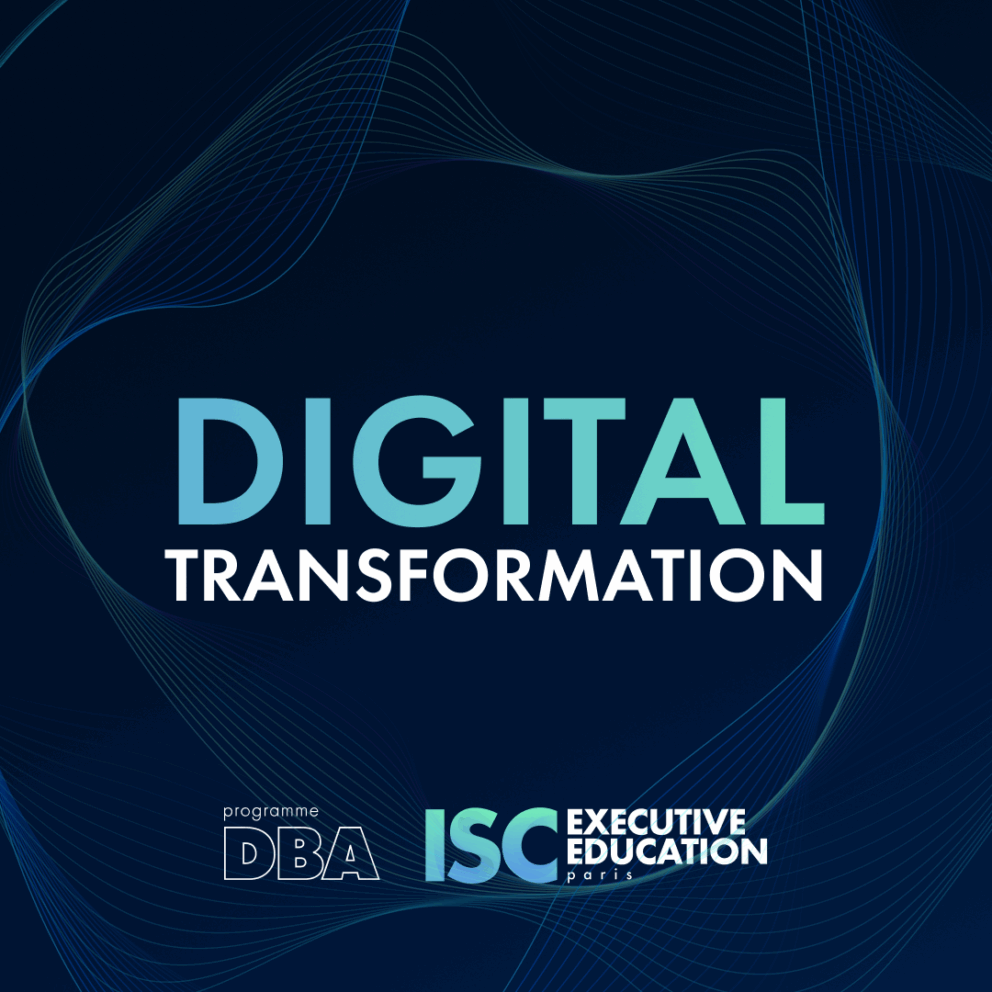Today’s economic environment signals more than a series of crises—inflation, stagnation, geopolitical unrest. It reflects a deeper, systemic reconfiguration of the mechanisms that underpin growth, value creation, and innovation. Simultaneously, technology is no longer a tool of support; it is becoming the primary vector of disruption across economic and social models.
For experienced professionals, these shifts call for a dual perspective: understanding what is structurally changing, and anticipating what it means for their strategies, organizations, and leadership roles.
🌍 An Economy Facing the End of a Model
Global growth is slowing in a structural way. The World Bank forecasts global GDP to reach just 2.3% in 2025 (Reuters, 2025)—well below historical averages. This is not a cyclical downturn, but a symptom of several profound disruptions:
- The end of globalization as we knew it. Rising geopolitical tensionsand repeated supply chain disruptions are driving a shift toward local resilience. This challenges the traditional logic of international specialization and forces companies to reconfigure networks—at higher costs and greater complexity.
- Persistent inflation and tighter monetary policy. Central banks are raising rates to contain inflation, which reduces the financial room for maneuver of both companies and states. This dynamic slows down traditional investments and deepens uncertainty.
- The transition to a low-carbon economy, which requires significant trade-offs in energy, industry, and consumption. This energy shift is far from neutral: it transforms the very nature of valuable assets and introduces new financial and geopolitical risks.
The “low-cost, infinite growth” model is breaking down. A new economic paradigm must emerge—centered on sustainability, resilience, and responsible innovation.
🚀 Technology: Catalyst and Compass for Transformation
In this constrained environment, technology is no longer a secondary enabler—it is the strategic lever of reinvention. According to Gartner, global IT spending is expected to reach $5.74 trillion in 2025, with over 9% annual growth (Gartner, 2024). This reflects the rapid acceleration of technological integration across sectors.
Several major breakthroughs are shaping this landscape:
- Generative AI, which transforms how value and innovation are created. No longer just a tool for automation, it enables entirely new business models—shrinking R&D cycles, massively personalizing offers, and forecasting complex trends (McKinsey, 2024).
- Edge computing, which decentralizes data processing to meet the speed and reliability demands of industries like healthcare, logistics, and smart manufacturing (Capgemini, 2024). This redefines IT architecture and reshapes decision-making chains.
- Digital twins, which simulate complex systems—factories, cities, infrastructure—in real time. They offer a low-cost testbed and powerful optimization tool (World Economic Forum, 2023).
- Blockchain, introducing decentralized trust and redefining traceability and contractual logic. It challenges traditional intermediaries and governance structures (Deloitte, 2024).
⚖️ Tensions and Paradoxes to Navigate
These transformations come with their own set of contradictions:
- The paradox of economic slowdown vs. tech acceleration. Why do tech investments explode amid low growth? Because innovation has become the only viable path to differentiation. In constrained contexts, technology is not optional—it is strategic.
- The risk of digital and social divides. The fast adoption of AI and automation creates tensions: internally (restructuring, resistance to change) and externally (unequal access to opportunities, ethical concerns). Leaders must manage these transitions with empathy and foresight.
- Rising complexity in strategic decisions. Choices can no longer be made solely on economic or technological grounds. Environmental, ethical, and social dimensions must be fully integrated. This requires a paradigm shift in leadership thinking.
🧭 What This Means for Senior Executives
Experienced professionals must now adopt a broader stance:
- Become strategists of complexity, able to interpret and articulate the multiple layers of change.
- Combine analytical rigor with creative vision, identifying innovation levers while managing risks.
- Build bridges across disciplines and functions, fostering cross-sectoral collaboration.
- Adopt a human, ethical, and sustainable posture, aware of the societal implications of tech choices.
The current economic and technological transformation is not merely a matter of modernizing tools or business models. It involves a structural reconfiguration of markets, skills, and strategic decision-making. For experienced professionals, the key is no longer just to act quickly—but to deeply understand the forces at play, to grasp their drivers, tensions, and long-term implications.

